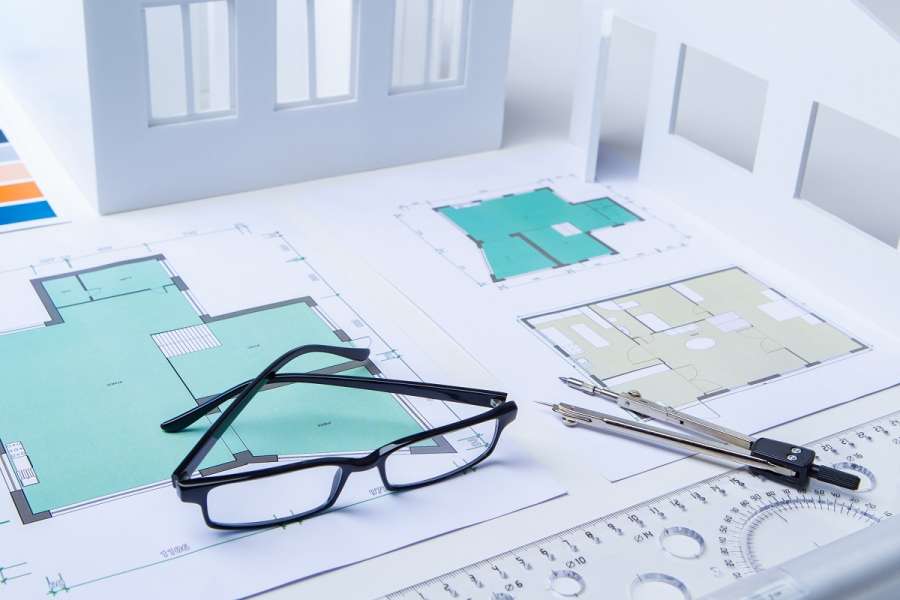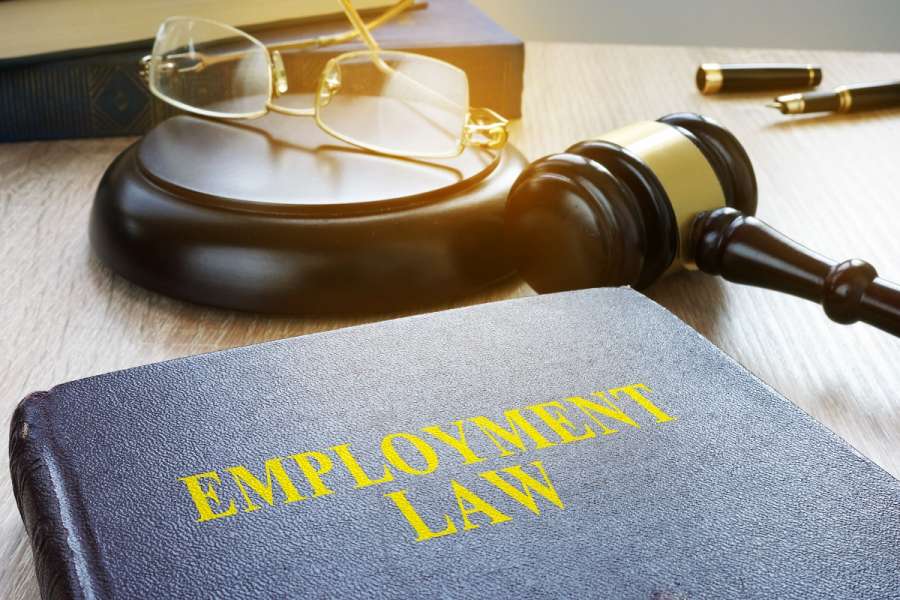The first step in moving to new commercial premises is to assess the commercial lease terms of your current premises. Is your current lease due to expire at a convenient date, or is there still a considerable unexpired term? You may need to negotiate an early surrender with your landlord if it is the latter.
There is often no obligation on the landlord to accept an early surrender of a lease, and they can exercise their discretion in this regard. The landlord may require payment of a surrender premium in exchange for the right to surrender.
The lease may contain a break option allowing you to terminate the lease early, usually on a set date, subject to a fixed notice period (typically six months before the break date).
It is important to consider the criteria of a break option very carefully, as non-compliance with any of the conditions can render the break ineffective, and once the relevant dates for serving the break notice or complying with the conditions have passed, the break right could be lost entirely.
If the lease terms permit you to assign it to a third party, this could also be an effective means of transferring your liabilities under the lease. However, outgoing tenants are often required to provide a guarantee for incoming tenants, which could keep you “on the hook” for a significant time, even after you have moved out of the premises.

Another key consideration when terminating or assigning a lease will be the condition of the property and any dilapidations liability which may have accrued during your time in occupation of the premises.
Manufacturing plant and equipment is often bulky, and their removal can cause significant disrepair to the premises, particularly to flooring and internal surfaces.
It is, therefore, important to plan the move carefully and negotiate the repair obligations in light of the yield-up provisions in the lease.
If you assign the lease to a third party, the incoming tenant may require you to make a lump sum payment to cover the accrued dilapidations liability to date, which will be due for payment at the end of the lease term.
In relation to any potential new premises, you should arrange professional surveys to ensure that the building is suitable for your business needs and consider issues such as energy efficiency, hours of access, load-bearing capacity (e.g. for heavy machinery) and electrical supply limitations.
You will also need to negotiate a new lease with the landlord of the new premises. The lease will cover key issues such as the rent amount, length of the lease, and any restrictions on the use of the property.
It is important to carefully review the lease to ensure that it meets the needs of your business and that you fully understand your rights and obligations as a tenant.






